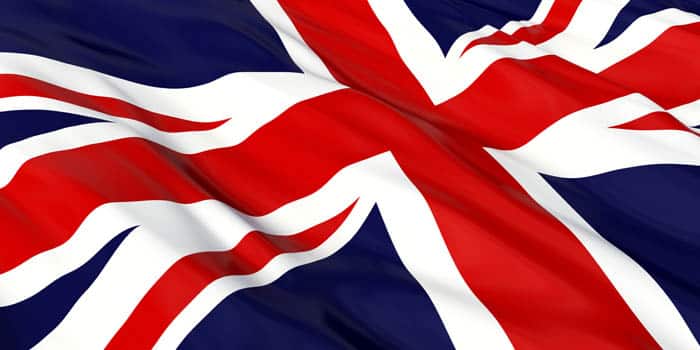If you have been around the sports betting industry long enough, you may know who William T. “Billy” Walters is. Then again, you may not. That’s okay, but you are surely aware of sharp bettors. Let’s just say Billy was one of those sharps and some of his stories are legendary. He, and other sharps, have used what is known as betting’s “head fake” to manipulate markets. And they have done it often.
The Betting Head Fake
Here’s how it all works. Let’s say a sharp bettor likes the Saints +3 against the Falcons. The sharp puts a $5,000 bet on Atlanta at -3. The bettor knows that his move will influence the market and it does. More money pours in on the Falcons and the line moves to Atlanta -3.5. That’s exactly what the sharp bettor wanted.
Now, the sharp goes to work on the other side of the bet. He places $50,000 on the Saints at +3.5. For a $5K fee, the sharp gets the better action on his preferred side with a better line. That’s the betting head fake.
Sharp sportsbooks are aware of what the head fake is and usually have a grasp on who the sharp bettors are so it is constantly a battle to see who can outsmart who. Sometimes sportsbooks have no choice but to move the line and that is when the sharp bettor knows they have them right where they want them. Sometimes the line never moves, especially off of a key number like the one mentioned earlier, and sharps know that the sportsbook is going to hold tight no matter what.
Recent WNBA Head Fake
These days, manipulating sports betting markets is difficult, but it can be done. The best markets are those that are smaller with less liquidity – college basketball, second-half NBA totals, and the WNBA are great examples. The WNBA market experienced a head fake extraordinaire just last year.
The format for the WNBA All-Star Game last year featured the best players in the WNBA against the U.S. women’s national team. Team USA was getting ready for the Olympics. A betting syndicate believed that the game would feature much better defense than typical All-Star games. The syndicated waited for the opening line on the game total.
The syndicate was absolutely right. The total for the game opened at 248. The syndicate believed the total to be about 30 points too high. The average bettor would have immediately bet on the Under. They syndicate did not. It used the betting head fake. One of the members of the syndicate, an influential bettor, placed a large bet on the Over. The head fake moved the total to 252.
That’s when the syndicate went to work hammering the Under. The total dropped all the way to 191 before closing at 197 just before game time. The final score? WNBA All-Stars 93, Team USA 85. Sharp bettors manipulated the market and cashed in…big time.
The Master of the Head Fake

Walters head faked himself to more than a few big wins. The joke was that Walters never lost a bet. If a bet won, Walters was on that side. If a bet lost, it was just because Walters had head-faked and lost. That’s important to note because the head fake doesn’t always work.
Super Bowl XXXII

In the end, the point spread didn’t matter as Denver won outright. It’s the “head fake headache.” Why not just bet Denver +11 in the first place? If you have confidence in a number, you might want to just pull the trigger. These days, number change extremely quickly because of modern technology. While not as prominent as maybe 20 or 30 years ago, the head fake will still be used from time to time as sharps continue to find ways to manipulate the market.
